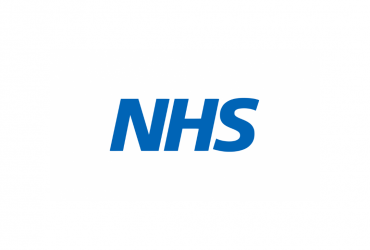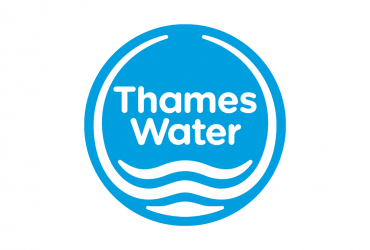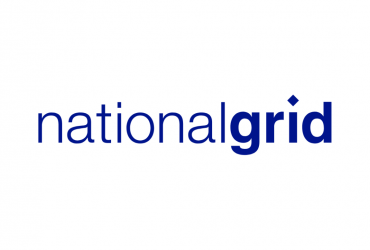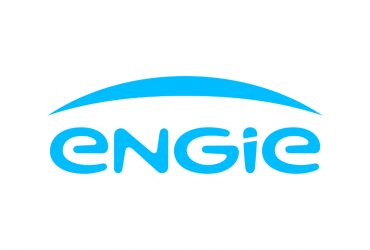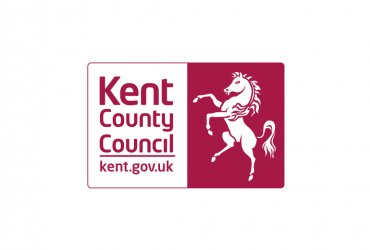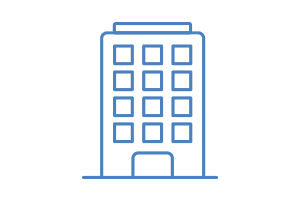Why Does Damp Lead To Mould?
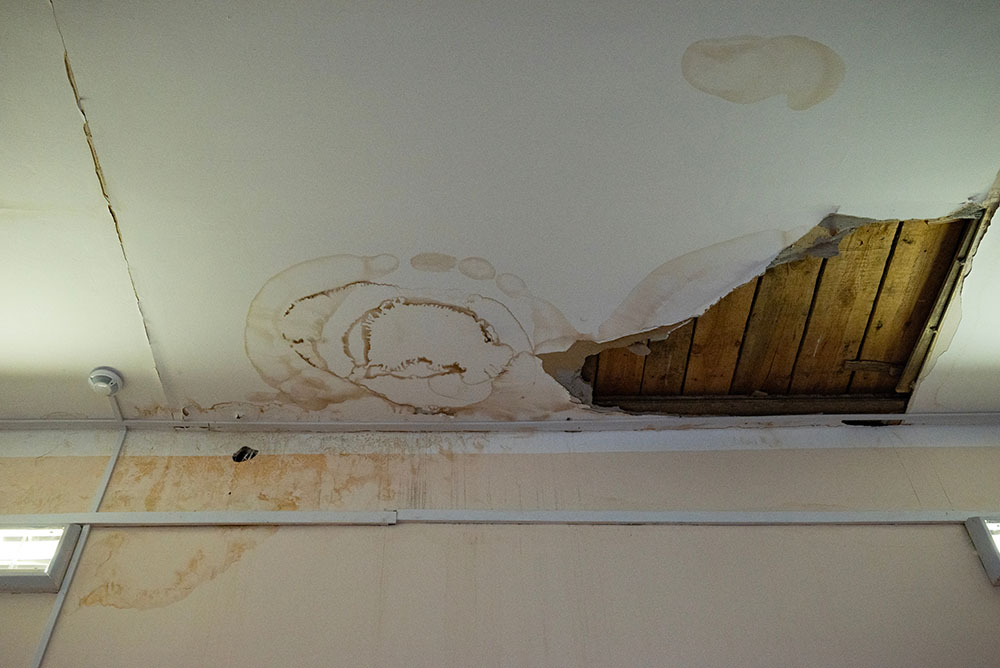
CONTENTS
- What is mould?
- What is damp?
- How does damp lead to mould?
- Will reducing the damp remove the mould?
- How to reduce damp in your home
- What to do if there is mould in your home
- Get in touch
Damp is one of the many contributors to mould growth in a property, but finding its cause can be difficult if you are unfamiliar with it. If left alone, damp will trigger a mould infestation and could result in structural damage to the walls and ceilings.
Here at ICE Cleaning, our Dewpoint-accredited technicians can identify the source of the damp with a moisture survey and offer mould remediation services. We will remove surface mould and spores from your property thoroughly with our industrial-grade solutions and equipment.
Read on to learn more about what causes damp and how to reduce it.
What is mould?
Mould is a common fungus that can grow anywhere across the UK due to the consistent presence of mould spores. However, when mould begins to grow in your home, this contributes to structural damage and health risks.
It is caused by moisture, humidity, and dead organic materials. If a house provides all these factors, there is a possibility that mould will start to grow there. Rooms that produce heat and water, like kitchens and bathrooms, are more likely to harbour mould and encourage its spread.
Living with mould could expose you to airborne spores that can trigger allergy-like symptoms and potentially harm any children and pets on the property. Symptoms of mould allergy include:
- Coughing
- Sneezing
- Headaches
- Fatigue
- Skin irritation
- Respiratory infections
What is damp?
Damp is caused by excess moisture on your property, which can form quickly. Not only does it trigger mould growth, but it also causes structural damage and makes your home significantly less warm. There are three types of damp, all of which are produced by different factors.
Rising damp
Homes built before the 1950s are more likely to experience rising damp due to the lack of protection during construction. Post-1950s, houses were built with a damp-proof course to prevent this.
Penetrating damp
Most cases of this type of damp are due to structural problems, leaking or faulty gutters and pipes, and poor insulation. Penetrating damp is easier to spot as it will stain your wall and ceiling with damp patches.
Condensation damp
This is common in many UK properties that are poorly insulated and lack proper ventilation. When damp is present, water vapour could accumulate on walls, mirrors, and windows. It is easy to prevent with improved ventilation and double-glazed windows.
How does damp lead to mould?
Damp on its own may not always lead to mould, but it indicates that your home is experiencing conditions that could harbour mould eventually. It will only start to grow if there is moisture, humidity, and organics present that it can feed off.
It is important to know the warning signs of mould to prevent it from growing and improve the structural integrity of your property.
Will reducing damp remove the mould?
If you have spotted mould in your home, there is little you can do to remove it without intervention from a mould removal company. Reducing the damp or humidity does not cause the mould to recede, but prevents it from spreading further.
Because mould spores are always around, there is no way to kill mould, but it is preventable. If it grows in your home, you cannot simply wipe it away — it requires professional cleaning to find the source and remove it.
How to reduce damp in your home
There are several things you can do as a homeowner to reduce the amount of damp on your property. Conducting a damp survey also helps you identify the sources of moisture and prevent damp and mould from taking over your house:
- Ventilate your home often with open doors, windows, and fans
- Ensure that air circulates well by leaving gaps between the furniture and walls
- Clear your gutters of water and leaves frequently
- Use an external vent or condenser box for washing machines and tumble dryers
- Check your insulation and replace it if it is wet
- Install double-glazed windows across your home
- Dry your clothes outdoors or on a heated clothes horse in a ventilated room
- Close the doors to the kitchen and bathroom when in use
- Wipe down surface condensation on windows and mirrors
What to do if there is mould in your home
Once mould starts to grow on your property, there is little you can do to remove it yourself. DIY solutions or commercial cleaning products may remove the surface mould, but this will not stop it from returning.
Mould grows because of the conditions in your home and airborne mould spores. Without removing these elements, mould will return until professional cleaning services intervene.
Get in touch
Our expert mould removal services offer a range of programmes that suit your needs and remove all traces of the fungus. Using our services at ICE Cleaning entitles you to our lifetime guarantee* that will continue to support you if the mould returns to your property.
If you would like to speak to us about booking a damp survey or removing mould, call our team at 0208 066 0360 or enquiries@icecleaning.co.uk. Our nationwide technicians can be on-site within hours in an emergency, 24/7, every day of the year.
*subject to advisories

Speak with me today,
I’m here to help
By asking you a few questions either via phone or email I can immediately provide a realistic estimation of the cost.
You’re in good company. We’ve cleaned for the following commercial clients… View all

Why choose us?
- Cater to a wide variety of cleaning situations
- Nationwide coverage, available 24/7
- Cater to commercial and domestic clients
- Free survey provided prior to quotation
- Emergency response team
- Offer a bespoke service designed to suit all your needs
- All technicians hold professional health and safety qualifications, including BICSc, IOSH, Dewpoint Professional & Safe Contractor
We’re fully accredited
We place best practise, professional expertise and health and safety at the core of our business. We’re fully compliant with all legal obligations. You can view a list of our accreditations below, or visit our Health & Safety page for more information.

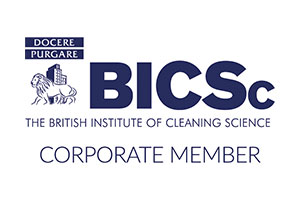

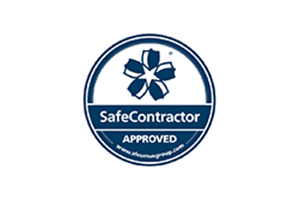

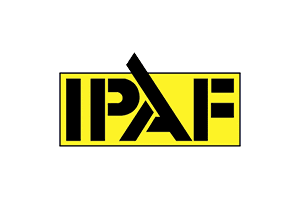
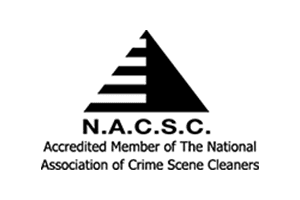




-RGB-small.1707319151.jpg)


